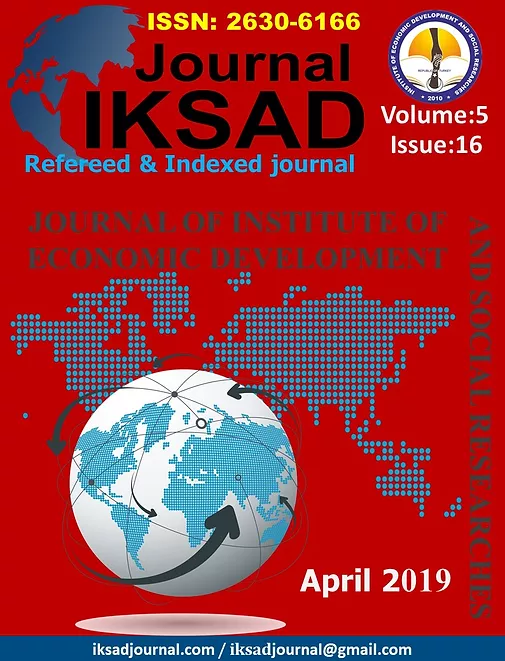CUSTOMS ACTIVITIES OF THE REPUBLIC OF TURKEY'S FIRST YEAR 1923-1938
Keywords:
Turkey, Customs, Organization, Law, Practice, the MonopoliesAbstract
The two most important characteristics of the economic development of the 1923-1929 period are the great crisis that began in 1929 with the Treaty of Lausanne, which determines how the young Republic will take place in the world, and which will shake the world economy. While the capitulations, which are a very important problem for national independence, were solved with the 28th article by the Lausanne Peace Treaty, the problems of Ottoman debts and foreign trade (customs governance) were not solved yet. The economic provisions imposed by Lausanne make a foreign trade policy impossible; the reduction in customs revenues and the elimination of the archaic practice, limiting government revenues. Despite the abolition of the restrictions imposed by Lausanne in 1929, foreign debt payments and the first negative effects of the crisis started on the agenda in the beginning of the Republic. The main sector that characterizes the period between 1923-1929 is agricultural production. The Republican administration, the Ottoman Empire with a lot of problems loaded with a balance of agricultural structure remained. During the long war years, the agricultural production was greatly reduced, the demographic structure of the population changed due to the wars, and the majority of the means of production, especially business animals, had disappeared. In other words, Turkey early 1920s, wheat flour, to import a large part of basic commodities such as sugar are faced with the problem. This was 1/4 of the total imports. However, 80% of the exports consist of 4-5 pencil agricultural products. This table, which was observed at the beginning of 1920s regarding agriculture, will be reversed by the developments in 1923-1929 period. In the years after 1923, pre-war production was achieved in the years following 1923, despite production reductions of up to 50% during long war years The two most important characteristics of the economic development of the 1923-1929 period are the great crisis that began in 1929 with the Treaty of Lausanne, which determines how the young Republic will take place in the world, and which will shake the world economy. While the capitulations, which are a very important problem for national independence, were solved by the Treaty of Lausanne with Article 28, the problems of Ottoman debts and foreign trade (customs governance) were not solved yet. The economic provisions imposed by Lausanne make a foreign trade policy impossible; the reduction in customs revenues and the elimination of the archaic practice, limiting government revenues. Despite the abolition of the restrictions imposed by Lausanne in 1929, foreign debt payments and the first negative effects of the crisis started on the agenda in the beginning of the Republic.
Downloads
Published
How to Cite
Issue
Section
License

This work is licensed under a Creative Commons Attribution-NonCommercial 4.0 International License.


